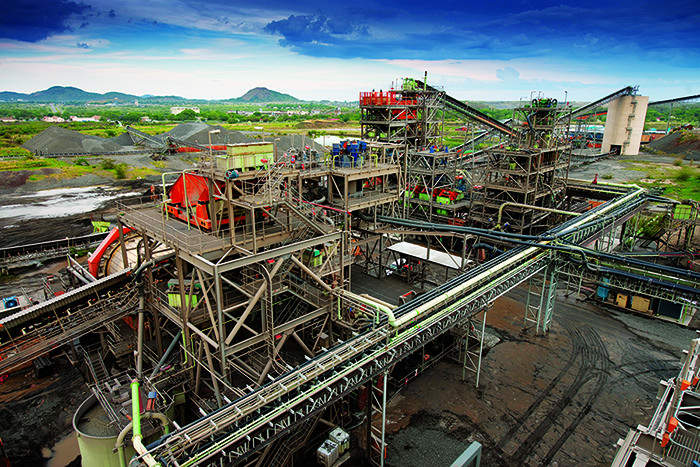
The recent history of the country’s safety policy has been one of top-down reform, although the limited effectiveness of the programme has led to a complete rebranding and rebooting of the industry this year.
Here, JP Casey tracks the developments at the core of South Africa’s mining industry.
20th Century
The South African Chamber of Mines was formed from the Transvaal and Orange Free State Chamber of Mines in 1968, which then formed the Mine Health and Safety Council (MHSC) to direct safety policy in the industry, and passed the related Mine Health and Safety Act (MHSA). The MHSC board was tripartite in structure, including members from the state, employers and organised labour under the leadership of the Chief Inspector of Mines.
Harmony gold tragedy and zero harm
In 2009, 82 miners, mostly from Lesotho, Mozambique and Zimbabwe, were killed in a Harmony Gold mine in the Free State province when a fire created poisonous gases in the mineshaft. Many of the victims were so-called ‘illegal’, independent miners who operate within the mineshafts of larger companies, and to whom mine officials often turn a blind eye.
Following the accident, harmony suspended 77 employees and a further 45 contracts who were alleged to have helped the illegal mining operations, but along with the government, the company refused to compensate families of the deceased illegal miners.
Two years later, a health and safety summit approved the Culture Transformation Framework (CTF), an agreement to encourage groups across the mining sector to improve their safety measures. Bonuses were to be offered to companies who prioritised safety ahead of production and individual safety officers were to be encouraged to take greater responsibility for their mines.
In 2012, the Zero Harm Forum was established to commit to the MHSC’s goal of ‘every mine worker returning from work unharmed every day’. The CEOs of companies including Anglo American Platinum, De Beers, Glencore Alloys and Sibanye-Stillwater agreed to meet four times a year to discuss issues each had faced and how others could learn from them, and establish working protocols with industry stakeholders.
Orkney earthquake and MHSC Summit
The increasingly top-down approach of mining safety reform seemed to be effective when a magnitude 5.5 earthquake hit the mining town of Orkney in the north-west of the country in August 2014. There was only a single fatality, a person who was not a miner, and all 3,300 AngloGold Ashanti miners at the Great Nogliwa and Moab Khotsong mines were rescued with only 34 injured.
In September of that year, the MHSC held a summit which established the ‘2024 Milestones’, targets to improve miners’ safety within the decade. These targets included the effective elimination of silicosis and pneumoconiosis among miners by reducing the extent to which miners are exposed to crystalline silica and platinum dust particulate, and the removal of any equipment that emits noise louder than 107dB.
Increasing fatalities
The preceding safety measured proved ineffective in the short-term. 2017 saw fatalities increase for the first time in nine years, as 88 miners died compared with 73 in 2016, reflecting a 17% increase. Fatalities in coal mines spiked dramatically from four to ten, an increase of 160%, and coal operations were the only type of mine to see an increase in the number of non-fatal injuries, with 193 miners injured in coal mines, up 5% from 184 in 2016. The total number of non-fatal injuries fell by 9% compared with 2016, and the discouraging rise in deaths sparked another Zero Harm Forum meeting.
However, as the leadership of the ruling ANC party began to disintegrate, with President Jacob Zuma being forced to resign in February 2018, the mining sector experienced a comprehensive reorganisation, rather than reform.
A new start
Former miner and member of the South African Communist Party Gweded Mantashe was named Minister of Mineral Resources in the new government of Cyril Ramaphosa, and the Chamber of Mines was restructured and rebranded as the Minerals Council to ‘reboot’ the industry.
The council has pledged to uphold values of trust, respect, honesty and accountability, and perhaps introduce a more grassroots approach to changing mining culture and practices, in contrast to the top-down agreements of the Chamber of Mines and the increasingly CEO-focused MHSA. With no time to rest on the red tape, this approach is being immediately tested as Sibanye-Stillwater’s Masakhane mine collapsed last month, which killed seven and injured six.
Now led by an experienced ex-miner, there is hope the mining industry will be able to effectively safeguard its critical asset: the miners themselves.



